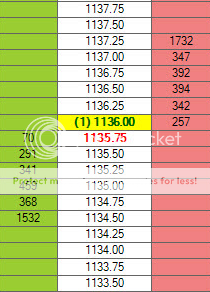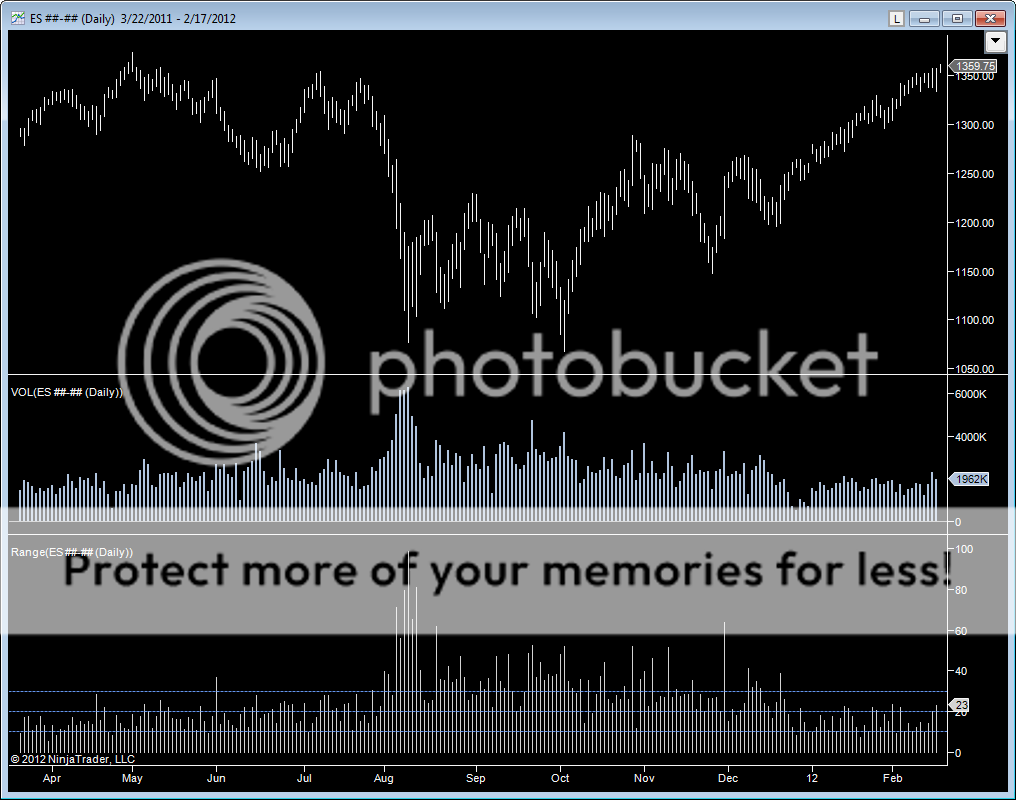MoonRocket
Well-known member
- Messages
- 327
- Likes
- 31
All you need is the Jigsaw software and level 2 data feed or do you also need Ninja?
All you need is the Jigsaw software and level 2 data feed or do you also need Ninja?
Would the Order Book from a futures exchange translate accurately for those trading CFDs in the forex market?
I don't have a mentor, I've only got teh net. Teh net don't teach me nuffin'. teh net only lies to me. Guess I'll just have do wot a modern Tom Baldwin would do just put it up and watch it.dude you havn't been doing your homework. 🙁
Would the Order Book from a futures exchange translate accurately for those trading CFDs in the forex market?
Thankyou ChocD. for your considered response.
I have never done better since switching to the Euro/USD trading CFDs.
I find my simplistic method excellent and very safe.
As far as spreadbetting goes.....I've never looked at it, quite happy to pay my taxes, anyway I think these days it is not tax free in Aust.
I also aware no volume or order book is available on the spot forex.
But I like the concept of fine tuning the entries as ToastMan has demonstrated,
hence my question.
If I was to get a DOM feed from an exchange, would the turning points on the DOM be near enough to identical to OTC forex?
Can someone explain why you often price has to trade 1 tick through your limit order to fill you?
Also, say there's 1000 shares on the bid on a stock, and I bid 10, and someone hits 10 shares on the bid- which bidder gets those 10 shares?
I cannot imagine using only a chart to enter a Day Trade. Based on a chart alone, I can't see how you'd get such refined entries and such low risk. The order flow gives you a signal long before anything is visible on the chart. This is the benefit of Tape Reading/Order Book Analysis.
Also, say there's 1000 shares on the bid on a stock, and I bid 10, and someone hits 10 shares on the bid- which bidder gets those 10 shares?
As a tape reader, you simply act on the evidence in front of your eyes. There really are no targets, besides simply keeping a watchful eye on areas of support/resistance and seeing how price behaves around those areas. Some trades do go into profit, but can reverse very quickly and before you know it, you've closed your trade for break even.

At this point, there's been a lot of questions & comments. Let's bite off a chunk at a time.
First of all the "why do you need it to move 2 ticks to make 1 tick?" thing...

In the above pic, we can see the last traded price is 1136.00. This is the price you will see on your chart.
If you wanted to sell a contract based on the above pic, you could either put in a sell market order to sell @ 1135.75 OR put in a sell limit order to sell at 1136.00 The thing is, there's 257 contracts in the queue a 1136, so you need someone to buy 257 contracts at that price before they will start buying contracts off you.
So - what you do it you sell INTO that 1135.75 bid. That's 1 tick below the current price BUT.....
THERE REALLY IS NO CURRENT PRICE.... There is only best bid/best offer. Two prices, one for market sellers & one for market buyers.
As soon as you sell into 1135.75, that will be the new latest price.
So - let's suppose you sell. You sell 1135.75 and now you want to make 1 tick. That means you want to buy at 1135.50.
Well, guess what - there's 291 contracts ahead of you at 1135.50. So - you need 291 sell market orders to hit those 291 buy limit orders before you will get a fill.
So, if you short @ 1135.75, you don't just need 1135.50 to be traded to make a tick, you need all the buy limit orders there to be consumed. This is why people say you really need price to move 1 tick past your target to get filled.
This also why you can't buy the low tick or sell the high tick UNLESS you put in a limit order in so far ahead time-wise that you are at the front of the queue. The very nature of reading the order book is that you put your order in when you see events unfold which effectively means you put your order in at the last minute and so you are at the back of the queue... which means you need all limit orders ahead of you to be consumed before you get a fill. Which basically means you need price to tick PAST your target.
This is where a lot of automated systems fall over when they go live. The backtesting assumed you got a fill just because you reached your target price.
Make sense?
Oh, and if you set your limit order like say a year ago, you'd most likely be at the front right?

If I was to get a DOM feed from an exchange, would the turning points on the DOM be near enough to identical to OTC forex?
DT cheers for the detailed reply.
Basically I'm looking for the larger intra moves to reduce frequency and
commissions and I don't want to babysit them.
